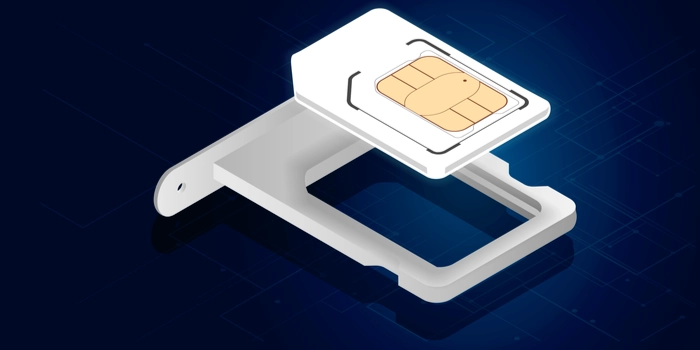In the 2019 State of Remote Report, 91% of businesses surveyed now support remote work, up 3% from 2018. Whether employees are fully remote or splitting time between the office and home, more companies are embracing the perks of mobile employees - including greater productivity and lower overhead. But your remote workers have very different IT needs than those operating on-premise.
Here Are Five Common Challenges, and Strategies for Supporting Your Remote Employees While Securing Your Intellectual Property:
1. Remote Access to Sensitive Content
Not every business is ready to make the jump to the cloud. But if you want a mobile workforce, it's time to consider a hybrid strategy. If your line-of-business applications are in the cloud, as well as on-premise, employees can access the content they need in real-time. Platforms such as Microsoft 365 offer cloud versions of familiar applications such as Outlook, Word, Excel, etc. You can also develop a company intranet, with customized sites for teams, through Microsoft SharePoint. SharePoint provides secure content management and monitoring, archiving, retrieval, and reporting. Employees have access to the latest versions of their work, with encryption to keep everything safe on the move.
2. Mobile Device Security
Whether your employees are using their own devices or corporate devices (i.e. phones, laptops, tablets), Enterprise Mobility + Security (formerly Enterprise Mobility Suite) is a must today. Incorporating mobile devices doesn't have to broaden your company's attack surface. But you will need tools that secure your data at the device and application level. InTune, a component of Enterprise Mobility + Security, actively manages how company data is accessed and shared at the device level. This cloud service sets rules for how employees interact with company information - from copying to saving to viewing. You can ensure data is only saved or transferred between secure locations. If an employee leaves, InTune will wipe your company's footprint from their device, without corrupting their personal information.
3. Shadow IT and Digital Sprawl
Even when your employees work onsite, it can be difficult to track all the resources they use. But if their applications come into contact with your company data, you need to be in the loop. A recent report from IBM found that 1-in-5 businesses have experienced a cybersecurity incident due to unsanctioned IT resources. When employees use unvetted third-party applications, they're inadvertently complicating your ability to comply with industry regulations and develop a thorough disaster recovery strategy. If one of these third parties is hacked, and your data is exposed, the consequences can be financially disastrous. You can minimize this risk by:
- Restricting access to unapproved third-party applications
- Creating a list of approved platforms and vendors for employee reference
- Implementing network monitoring to detect unknown devices and potential threats
- Conducting regular data audits for a thorough overview of content created, shared, and stored
4. Automation for Security and Productivity
If your employees are working from home, you need to be sure they're running the latest, most secure systems. Vulnerabilities are common, requiring persistent monitoring and review in order to effectively mitigate issues that can arise daily within your technology environment. Vulnerabilities can be anything that prevents you from accessing your information systems, allows unauthorized access to information systems, or causes unknown changes to information systems.
Microsoft 365 pushes automatic updates to Word, Excel, PowerPoint, Outlook, etc. Now's also the time to update your employees' operating system - especially if they're still running Windows 7. But automatic security updates aren't the only form of automation that would benefit your employees. Tools such as Microsoft's Power Automate give workers the ability to automate routine digital tasks. They can build individual workflows, or implement a large-scale automation project. Power Automate includes pre-designed templates for Email, Productivity, Notifications, Data Collection, Social Media, and more. The platform also pulls data from Office 365, again offering real-time insight.
5. Smarter Collaboration Tools
Communication is central to the success of your remote employees. They need to collaborate with team members, and demonstrate accountability outside the traditional office space. An intelligent chat platform, such as Microsoft Teams, does just that. Teams allows employees to communicate quickly, share files with one another, host meetings, and make phone calls with Voice-over-IP. The interface is very easy to use, and integrates with hundreds of Microsoft and third-party applications, from PowerPoint to Salesforce to ADP. Teams also curates integrations based on your employees' specific needs, such as Productivity, Sales and Support, Project Management, Analytics, Business Intelligence, and more. If you're looking to mobilize your workforce or upgrade existing remote IT strategies, reach out to our technicians for a free IT consultation.





%20Protects%20Your%20Business%20Data%20Webp.webp?width=352&name=%5BBLOG%5D%205%20Ways%20Microsoft%20Enterprise%20Mobility%20+%20Security%20(EMS)%20Protects%20Your%20Business%20Data%20Webp.webp)